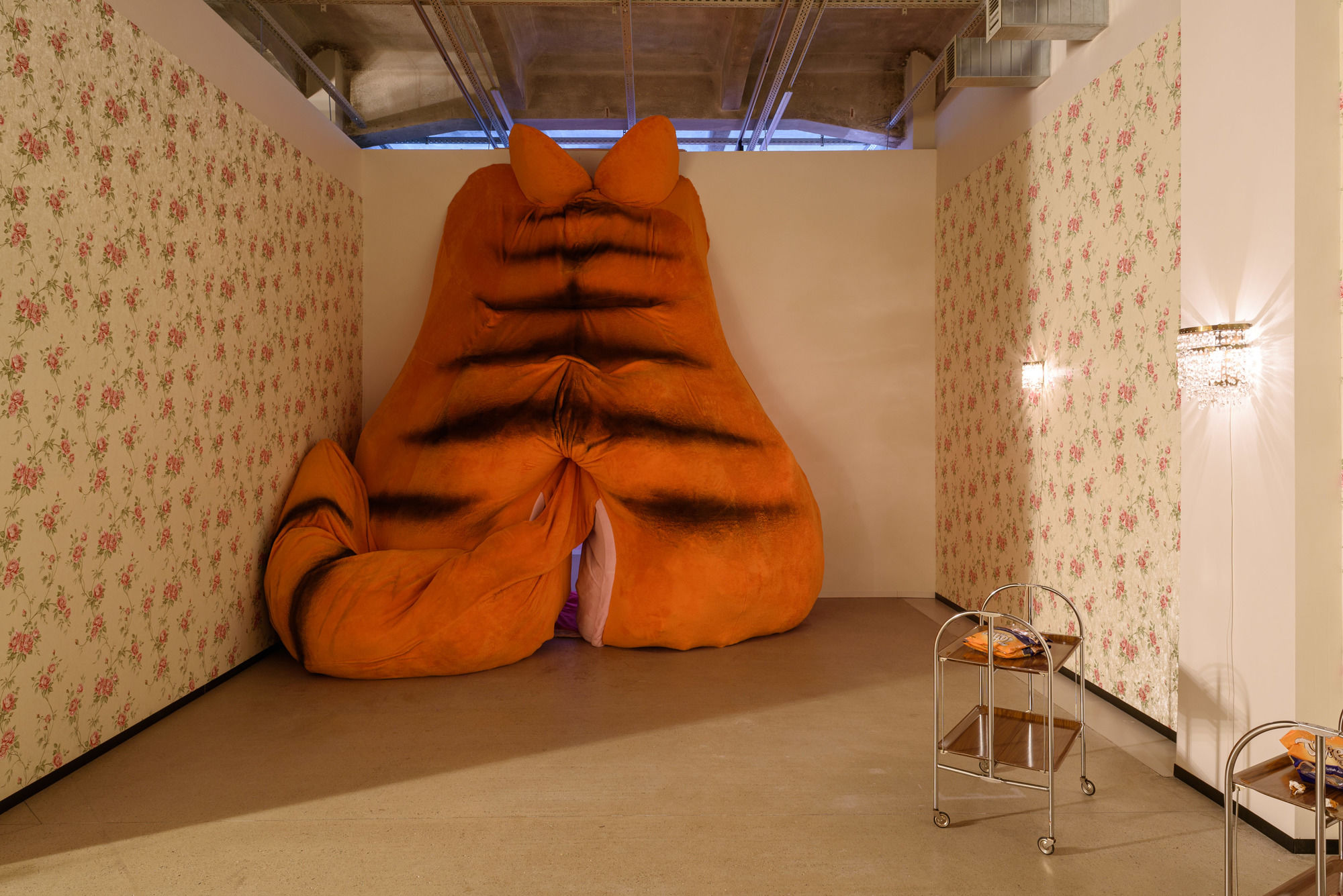Private collecting is one of the pillars of the Czech art scene

In recent years, the importance of private initiatives in the field of Czech visual arts has been significantly boosted. This trend is driven not only by the stagnating public sector, but also by the growing interest in collecting among individuals.
According to data from the Association of Art Collectors, the number of important private collections in the Czech Republic has doubled since 2010. Today, it is estimated that over 200 of them exist in the country, comprising thousands of works from classical to contemporary artists. Every collector who reaches a certain point in building their collection is faced with the question of how and where to present it. This leads to the establishment of new galleries and cultural spaces, often in unconventional and innovative architectural forms, drawing public attention and becoming popular destinations.
The Telegraph Gallery in Olomouc was founded through the revitalisation of an industrial facility, and its multifunctionality makes it not only a place for art, but also a centre for creative professional meetings. In addition to the gallery, there is also a coworking space and a restaurant, as well as a hall for lectures and film screenings. Artists can enjoy a two-month residency here. The driving force behind all these activities is the prominent collector Robert Runták, who possesses a collection of more than 1,800 works by approximately 400 Czech and foreign artists.
Another remarkable private project is the 8smička zone in Humpolec. This renovated site of a former textile factory provides contact with modern and contemporary art halfway between Prague and Brno. In addition to the current exhibitions, there is also the Collector’s Apartment, where you can see unique works mapping the development of Czech art in the second half of the 20th century and at the beginning of the 21st century.
Heading north, in Trutnov we find the Centre for Contemporary Art EPO1. Thanks to the initiative of the Kasper family, the former power plant Poříčí 1 has been transformed into a generous exhibition and residence space, which is currently one of the largest private art institutions in the Czech Republic. The former turbine hall provides extraordinary premises for large-scale statues and sculptures that do not fit in other galleries. Thanks to its sensitive renovation, it attracts not only art lovers but also admirers of industrial sites.
A former stable can also be transformed into an exhibition venue, as is the excellent case of the Pekelné Sáně Gallery in Kroměříž. It was named after the iconic sculpture by Karel Nepraš, one of the first works included in the collection of the project initiator and art lover Josef Maixner. The collection now comprises over 400 pieces by Czech and foreign artists, which the collector selects solely by himself through regular Friday visits to the artists’ studios. Parts of the collection can also be seen in other spaces outside the gallery. In addition to regular exhibitions, lectures and workshops are held here and they enjoy great popularity among local residents.
All these examples illustrate the crucial role played by private collectors in reviving the Czech cultural scene and regional development. They also exert an important influence on the activities of public institutions, often holding key works in their collections that must be loaned to exhibitions. According to data from the National Gallery in Prague, loans from private collections account for up to 30% of all works displayed at major cross-sectional exhibitions. This is also attested to by private collectors. Works from the collection of Robert Runták have been delivered to approximately 200 exhibition projects in more than ten countries.